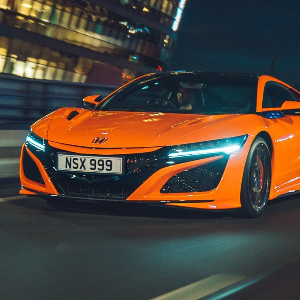
Toyota has packed its GR Yaris with performance parts, but does it still work as a road car? Jack Evans finds out.
What is it?

The GR Yaris feels at home on country roads
The hot hatch segment is in blindingly rude health at the moment. We’ve got an impressive cross-section of options from a variety of different manufacturers. There’s Merc’s powerhouse A45S, Hyundai’s enthusiast-pleasing i30N and, of course, the ever-present Golf GTI. Now Toyota wants a slice of the action.
You see, it’s been developing its GR – or Gazoo Racing – section of cars, with the Supra being the most recent addition. Now, the rally-based team has turned its attention to one of Toyota’s smallest and best-known hatchbacks to create this – the GR Yaris. With all-wheel-drive and plenty of driver-focused tech, it looks set to punch well above its weight, but can it? Let’s find out.
What’s new?

The Yaris is Toyota’s second GR model
Don’t go thinking that this is just a regular Yaris with a punchier engine lumped under the bonnet. No, there’s a lot more going on here than that. Since the GR Yaris has been designed to homologate the next-generation Yaris rally car, it sits on a brand new platform while the overall construction, aerodynamics and permanent all-wheel-drive system are all box-fresh too. A certain Tommi Makinen has had his hand in the development of the GR Yaris, proving just how serious this car is designed to be.
The roofline is far more heavily raked than the standard Yaris, while the engine has been placed further back in the car for better weight distribution. And speaking of weight, the GR tips the scales at just 1,280kg – considerably lighter than rivals.
What’s under the bonnet?

The GR Yaris is powered by a 1.6-litre engine
Sitting underneath the bonnet of the GR Yaris is a 1.6-litre turbocharged petrol engine with 257bhp and 360Nm of torque. Driven through a six-speed manual gearbox to all four wheels, it’s good to power the Yaris from 0-60mph in 5.5 seconds and onwards to a top speed of 143mph. Fuel economy sits at 34.3, while CO2 emissions stand at 186g/km.

